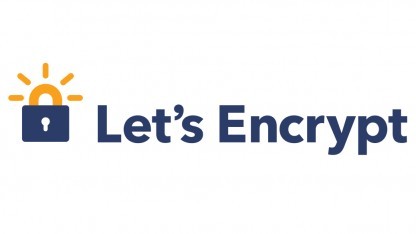3 March 2016
Let’s catpure for example only tcp-packets with syn or ack-flag set:
tcpdump "tcp[tcpflags] & (tcp-syn|tcp-ack) != 0"
16 February 2016

Btrfs has it’s builtin tool for displaying IO stats on devices:
root@tardis:# btrfs device stats /mnt/Raid/
[/dev/sdb].write_io_errs 0
[/dev/sdb].read_io_errs 0
[/dev/sdb].flush_io_errs 0
[/dev/sdb].corruption_errs 0
[/dev/sdb].generation_errs 0
[/dev/sdc].write_io_errs 0
[/dev/sdc].read_io_errs 0
[/dev/sdc].flush_io_errs 0
[/dev/sdc].corruption_errs 0
[/dev/sdc].generation_errs 0
A simple cronjob could warn us if anything is wrong:
MAILTO=sysadmin@tardis.tdl
@hourly /sbin/btrfs device stats /mnt/Raid | grep -vE ' 0$'
It’s wisely to scrub the filesystem from time to time. Wikipedia says the following about “Data scrubbing”:
Data scrubbing is an error correction technique that uses a background task to periodically inspect main memory or storage for errors, and then correct detected errors using redundant data in form of different checksums or copies of data. Data scrubbing reduces the likelihood that single correctable errors will accumulate, leading to reduced risks of uncorrectable errors.
If we don’t scrub, it could happen that BTRFS only reads from the good drive without detecting the faulty drive
@monthly /sbin/btrfs scrub start -Bq /mnt/Raid
15 February 2016
>
Guacamole is a clientless remote desktop gateway using HTML5. It supports the following backends: VNC, RDP, SSH and Telnet. It really looks like a promising project to me
13 February 2016
We can use static ARP entries on hosts or routers to reduce ARP-traffic or to prevent ARP-spoofing. For such entries we need pairs of MAC-addresses and IP-addresses. The same information we also need for static DHCP-entries on a DHCP-server. Why not combine?
11 February 2016
➜ ~ ruby -e 'puts %w[t o m].permutation.map &:join'
tom
tmo
otm
omt
mto
mot
4 February 2016
If someone attacks a linux-system, most administrator would block the ip-address of the attacker using iptables-rules. But there is another method to block the address of an attacker: nullroutes. Nullroutes are routes to nowhere
4 February 2016
memcachetop is a nice perl-script for displaying live stats from memcached. The author kept portability in mind, so it has not much dependencies and might run on many systems.
4 February 2016
For scrolling with the mouse-wheel in GNU screen, the following line is needed in ~/.screenrc:
termcapinfo xterm*|rxvt*|kterm*|Eterm* ti@:te@
3 February 2016
It happens so often that when I start a copy-job remotely, I just realize that I forgot to start it in GNU screen. Sometimes I can just stop the job and start it again in screen, but very often stopping the job might be problematically. There is a nice tool called reptyr which can re-ptying your jobs.
30 January 2016

Lets Encryptwas lately quite often in the media. Letsencrypt is a very easy to use tool which provides certificates for free. Those certificates are valid on most common browsers. I never understood why certificates are expensive that’s why I tried out letsencrypt(and I like it!).
In this article, I will replace all cacert-certificates on a kolab-server. Therefore I will install the letsencrypt-certificate on: apache2, cyrus-imapd and postfix.

